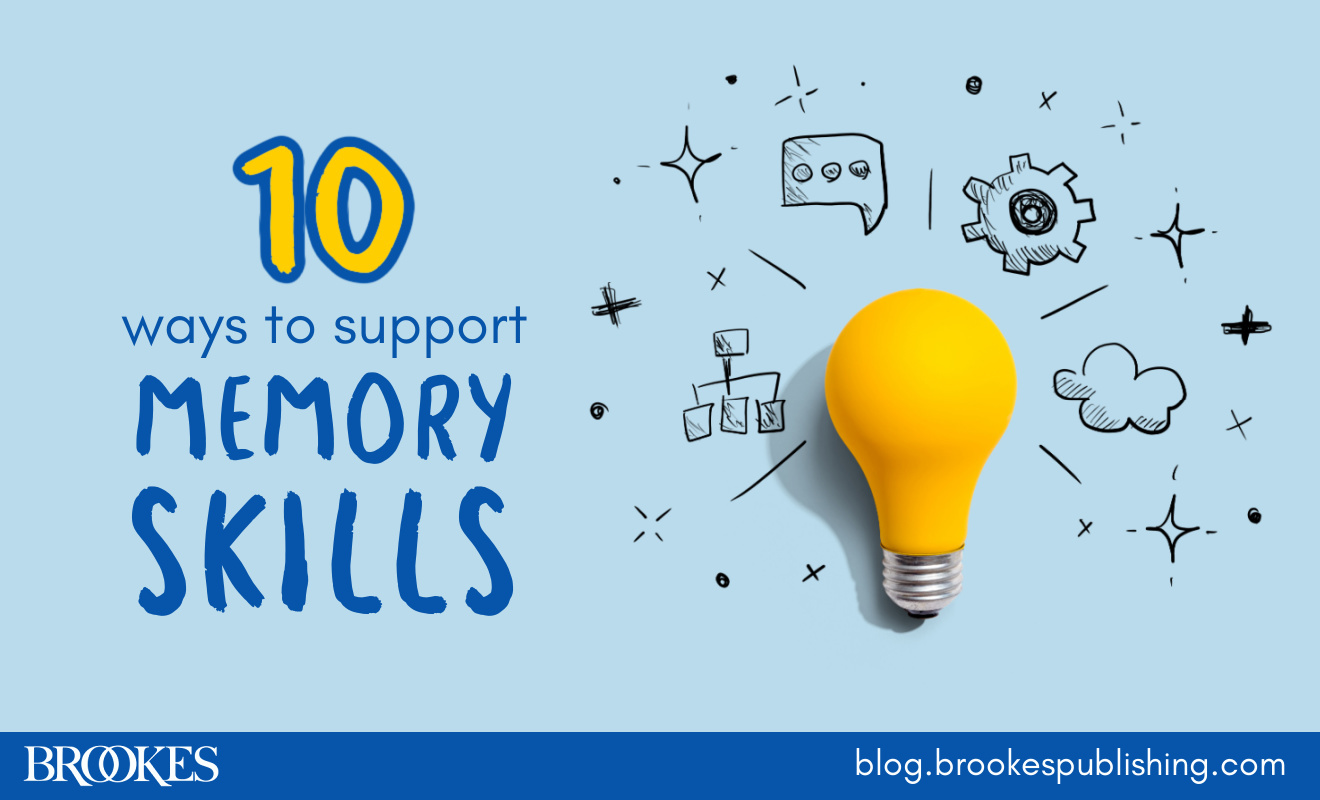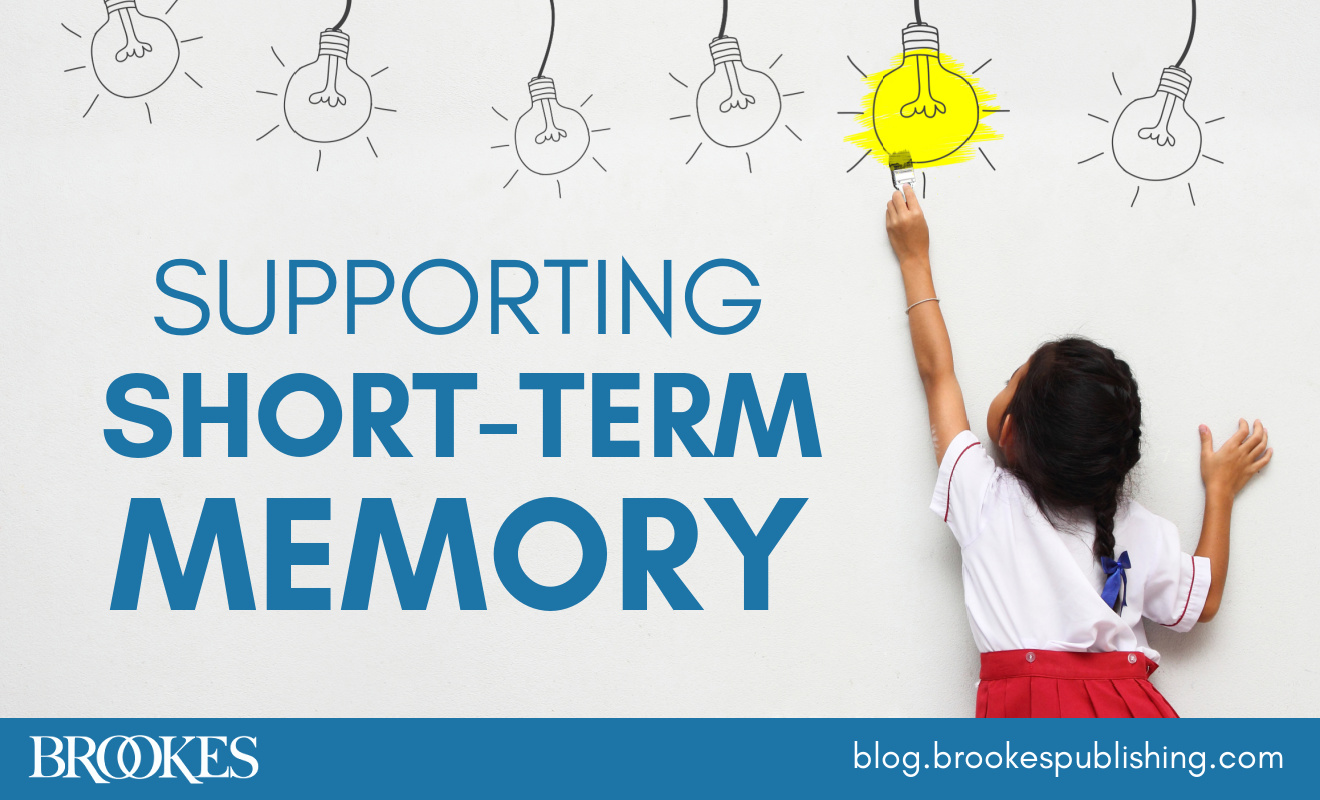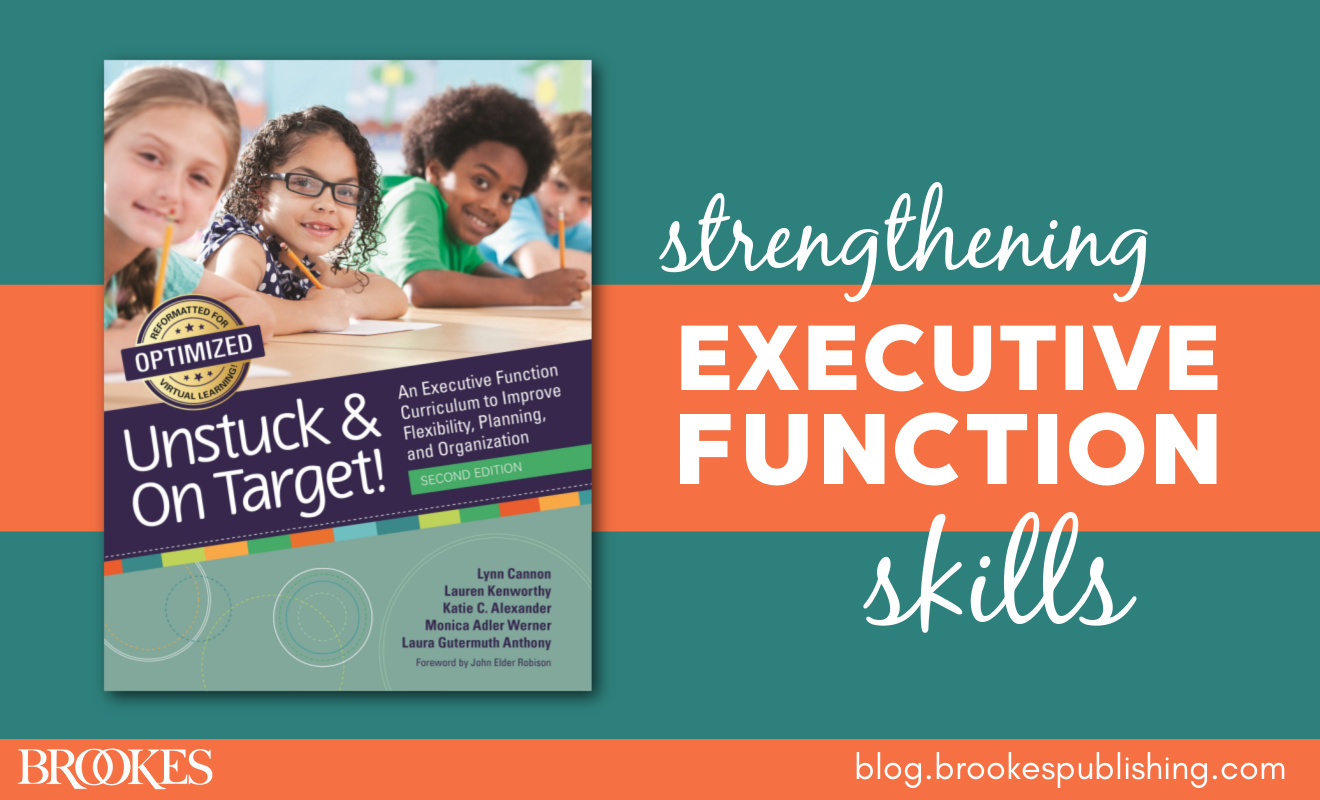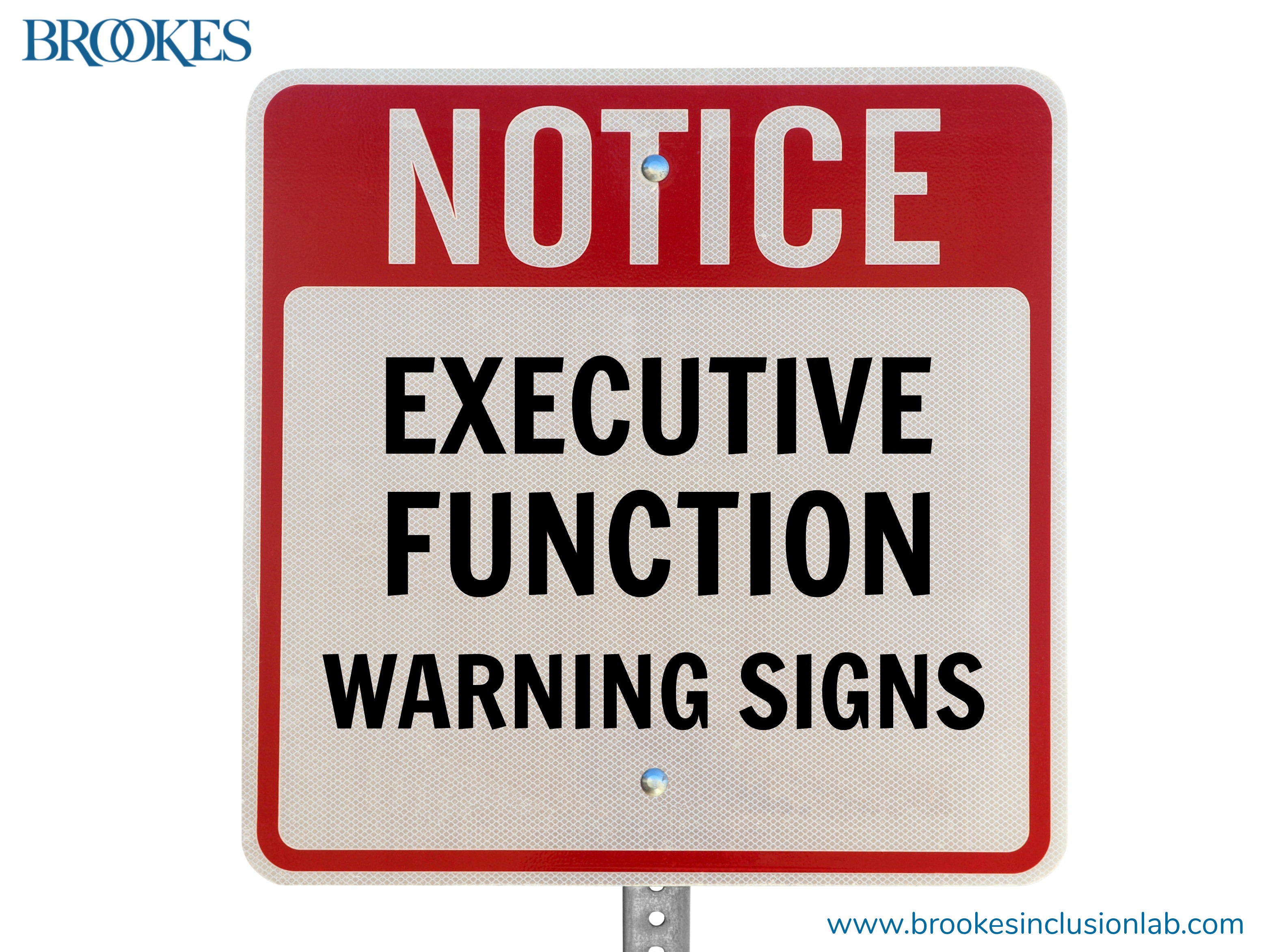10 Tips for Supporting Students’ Memory Skills
October 24, 2023
Strong memory skills are foundational for school success. If you have students who struggle with memory and other executive function skills, today’s post is for you! Adapted from five practical Brookes resources, here are 10 easy ways to support learners of all ages who need extra help with memory skills:
Provide directions strategically. Give clear, written, and numbered directions. It’s often more effective to provide directions in multimodality formats: written, visual, recorded, rhythmic, tactile. Keep your directions simple and use gestures to increase memory. Ask learners to paraphrase directions to check for understanding and improve their recall.
Use visuals for support. Provide visual checklists for students and reinforce key concepts with posters, picture cues, diagrams, mind maps, word webs, and graphic organizers. Color-code new words when teaching (e.g., nouns are green, verbs are red). Develop photo cards of routines and appropriate behaviors and display them for all to see. Teach students to visualize information to remember key points of lessons.
Incorporate song and dance. Reinforce academic concepts with movements that illustrate concepts. Teach and use rhymes, rhythms, and raps to help new information stick.
Encourage peer collaboration. Have students work with peers to recite, rehearse, and review key information to remember. Teach students how to do “mindstreaming”—brief sharing with peers of what they have learned so far.
Minimize demands on memory. Deliver instruction in ways that minimize the amount of information (e.g., directions, content) learners with working memory problems must hold at any one time on their smallish cognitive desktops. “Download” this information into their immediate instructional environments instead, via fact walls, bulletin boards, or graphic organizers that clearly reflect the sequence of ideas.
Make use of mnemonic devices, such as acronyms, acrostics, and keyword mnemonics. For example, say your students need to learn the words for two different parts of the brain: cerebrum and cerebellum. Since the cerebrum is larger than the cerebellum, the keyword for cerebrum could be drum (a large instrument) and the keyword for cerebellum could be bell (a small instrument). (Read this article for 5 Mnemonic Strategies to Help Students Succeed in School.)
Organize information in meaningful ways. Organizing information into groups of similarities or networks of related parts is a good strategy because it connects information together. It’s also a good way to support recall. When a student thinks carefully about new information to make connections, the student is processing that information more thoroughly, which means it will be remembered better.
Leverage prior knowledge. Students can remember information more easily when it’s linked to what they already know. Encourage students to relate new information to prior knowledge by having them compare and contrast new information with old information. This also helps students retrieve the information later because they can recall what they knew before, which facilitates recall of new information.
Apply new information. Actually using new information requires students to process it more thoroughly, which means it’s more likely to be remembered. For instance, if a student learns about the First Amendment and is then asked to apply it to a popular song, the student is more likely to remember what it means.
Tap into what’s motivating for individual learners. A student who loves math may be able to remember the order of operations but struggle to remember the steps for turning in reading homework. Another learner may easily remember the steps to bake their favorite chocolate chip cookies but struggle to recall multiplication facts. Individualize working memory strategies based on student preferences—for example, if a student enjoys cooking or baking, consider creating recipe cards for other complex tasks.
That last tip was taken from a new trauma-sensitive quick guide focusing on working memory—it’s a great resource to check out if you need more tips on strengthening students’ memory skills. Try the strategies we’ve shared today with your students, and let us know which ones work best for you!
Today’s post was adapted from these resources:
Tips 1-4: Adapted from the Social-Emotional Learning Toolbox by Kathy Perez
Tip 5: Adapted from Executive Function in the Classroom by Christopher Kaufman
Tip 6: Adapted from Adolescent Literacy by Richard Boon, Vicky Spencer, and Sharon Vaughn
Tips 7-9: Adapted from Helping Children Learn, by Jack Naglieri & Eric B. Pickering
Tip 10: Adapted from Supporting Students’ Executive Function Skills in the Trauma-Sensitive Classroom: Focusing in on Working Memory by Jen Alexander and Jennifer Dickey




Write a Comment
Your email address will not be published. Required fields are marked *
Post a Comment